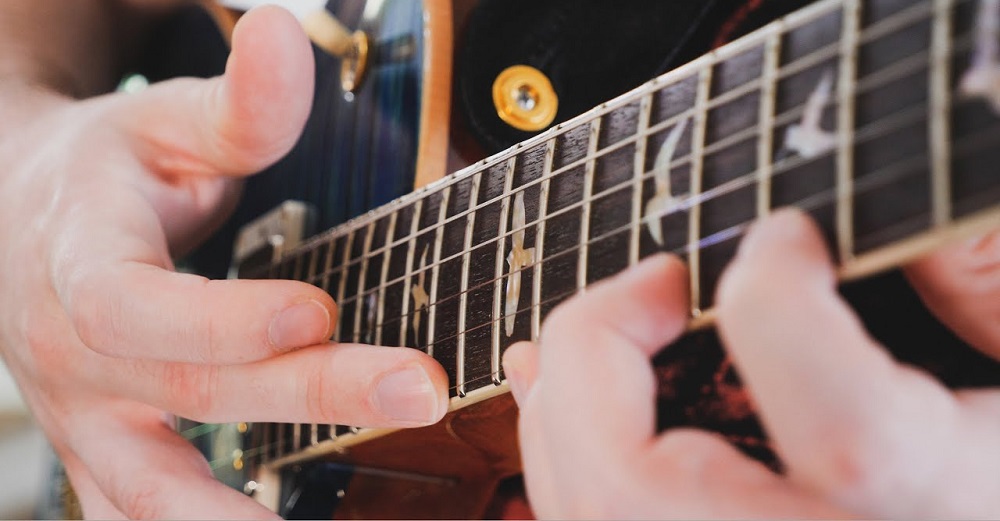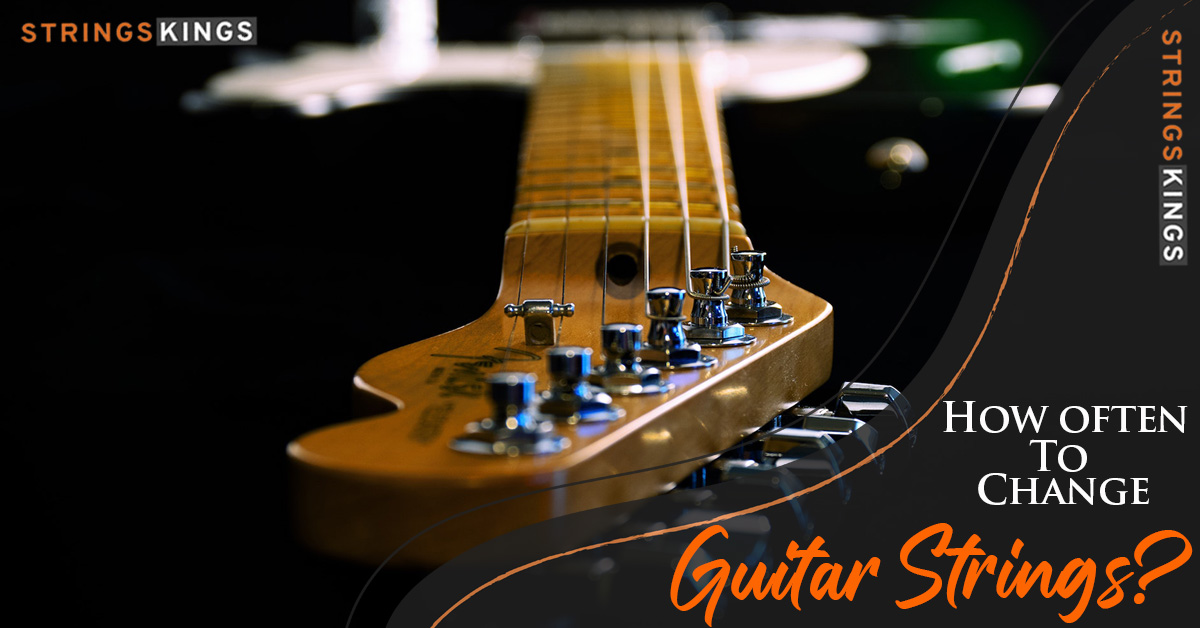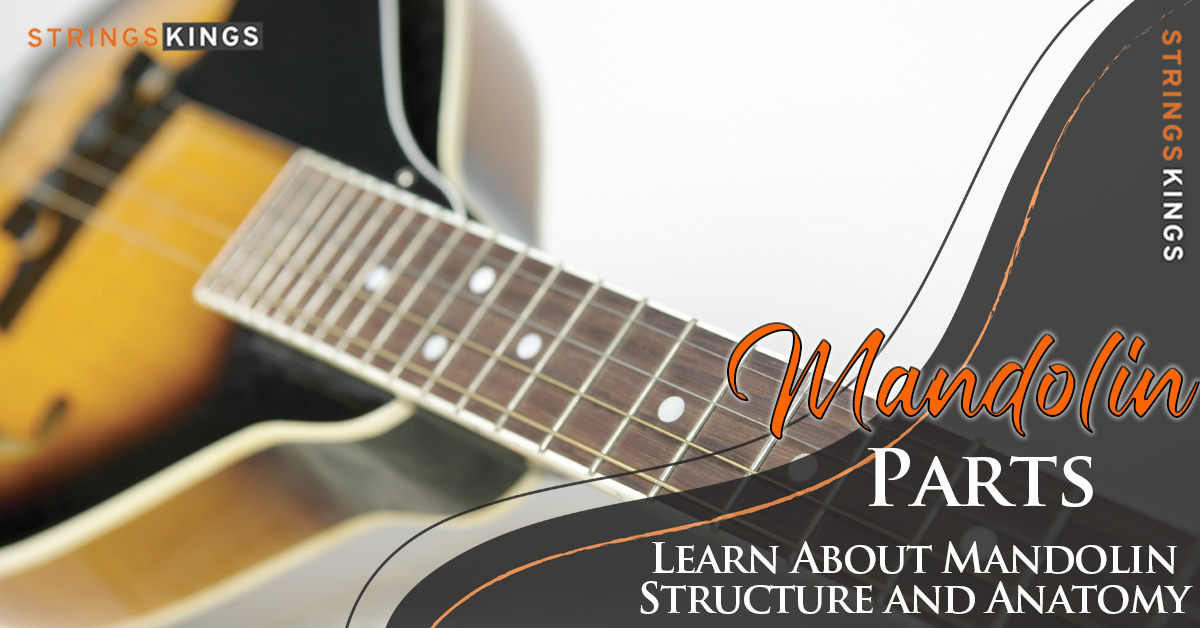Table of Contents
How To Improve Finger Dexterity
Introduction
Have you ever experienced finger cramps while practicing? Do you find it difficult to develop left-hand finger dexterity as a beginner music student, and perhaps feel discouraged by this challenge?
It is important to develop better hand strength and flexibility when learning to play any string instrument. The fact that you are utilizing muscles that have rarely been used makes this aspect of training challenging for many students.
There are, however, some specific techniques that can be employed in order to improve your finger dexterity and hand strength. In order to prevent injuries, cramping, and pain, you must condition your muscles and joints for their new roles.
You can transform your abilities and prevent yourself from experiencing debilitating injuries and hand fatigue by performing the right stretches and hand exercises.

The Initial Stretch
The purpose of this exercise is to prepare you for the actual exercises. Ensure that your hand is on a flat surface. Then, while holding your thumb still, move your other fingers away from it. Make sure they are moved as far as possible without causing pain.
The hand should be held for three seconds, then relaxed. As you work on each hand, alternate between them to allow one to rest while the other is being worked on. Repeat this process five times for each hand.
The stretch applies to both hands. This is a particularly effective stretching routine for pianos and keyboards. However, this technique is also useful for those who play finger-picking styles on guitar or bass. Preparing your hands and fingers for stretching exercises is one of the benefits.
Getting the most out of your finger dexterity and range of motion can be achieved by stretching your finger muscles and joints. In order to maintain flexibility and improve dexterity, you can perform all of these exercises effortlessly.
- As far as your fingers are able to extend from your palm, extend them and spread them out. You should hold this stretch for approximately five seconds before relaxing your hand back into a loose position. From there, repeat this procedure ten times. The exercise can also be varied by squeezing your fingers together after the stretch has been completed.
- Stretch your wrists by rotating them counterclockwise and clockwise while holding your fingers out extended. Make ten repetitions of this exercise.
- Stretch your wrists and forearms – Bring both palms together in front of your body, they should resemble praying hands. You should then slowly extend your elbows out. As you position your fingers upward, position them down as far as possible and hold the stretch for five seconds. The process should then be repeated five more times.
- A shoulder stretch consists of rolling your shoulders forward three times backward, followed by three times forward while keeping your arms down by your sides. It is also possible to cross your right arm vertically across your chest. Hold the stretch for five seconds with your left arm. The right arm should be repeated as well.
It is recommended that you perform these stretches every 20 to 30 minutes when you are using your hands. Keep your blood flowing to your muscles and joints by paying close attention to the finger ones to prevent sprains and cramps.
Create Challenges for Yourself
Probably our most important tip – make it fun. You will always improve when you challenge yourself, and this is no exception. In essence, all we have shown you so far are exercises created by other guitarists – the same can be done by you.
Unlike traditional exercises, the exercises can be tailored to the individual’s sound, playing style, or preferred genre. Whenever you are playing a scale, riff, or lick that you love, you should slow them down to think about each finger’s position on the fretboard.
Do not be afraid to try new chord shapes that feel unnatural and move in and out of them as you play. Remember that if you want to see results, you need to dedicate time to this. Spend 15 minutes each practice session working on your homework – your playing will be grateful!

Practice Slowly
In order for your fingers to understand exactly what each movement is, you must provide them with precise instructions. Give them clear instructions and move them slowly until they understand where, when, and how each finger moves. Whenever possible, we recommend playing scales or exercises at a slow pace.
This should be done very slowly, so that each finger can be prepared for where it is about to go. It is a good idea to move it a little bit before you play the note to ensure that it is completely ready to land in the appropriate location.
Please do not hesitate to stop and find where your finger is going before placing it down and continuing to play if necessary. You should only increase your speed once you feel your coordination has improved.
As soon as you have the correct technique, repeat it until you are able to do it with ease. As you practice, your hands become accustomed to what you repeat.

Practical Exercises
One of the best ways to increase finger dexterity is to perform chromatic scales (or portions of them) repeatedly. The best results can be obtained by choosing arpeggios that incorporate hard reaches. However, you should take your time. Instead of rushing through your scales, take your time and play them at a deliberately slow tempo. As soon as you have mastered them, you will be able to increase your speed gradually.
It is also possible to purchase or print out a portable fingerboard which can be used to practice scales and arpeggios when not having access to your instrument. The use of these types of tools allows you to practice almost anywhere, as they are great for silent hand exercises.
Nowadays, it is possible to download and use a large number of practice apps for your specific string instrument in order to improve your finger dexterity. The “Fingering Strings” program is designed for violins, violas, cellos, and double basses, and provides a number of fun and interactive ways to increase hand strength and finger response.
You can purchase it on iTunes at an affordable price. You may also search the Google Play Store for an app that contains fingering exercises for your particular string instrument.

Make Tempo and Key Changes
There is an often-overlooked method of improving finger dexterity and strength by changing the tempo at which you play. It is much easier to play at a slower tempo, so why not try increasing it to test your strength? It will be challenging to play notes accurately and with a steady rhythm as the tempos change.
You may also wish to consider playing the music in a different key. It will be more difficult to play a piece written in B major than one written in C major, for example. Despite the similar notes, the distance between them differs and requires a different approach. The purpose of this exercise is to improve your hand’s ability to adjust to new positions quickly.
Your Goal
In order to increase your finger dexterity, you must make your digits independent. You will be able to move your fingers freely once they have become dependent on each other.
Try using two fingers at a time to do a single hammer on pull-off patterns. Try starting with your index and middle fingers, then middle and ring, then ring and pink, followed by the other two-finger patterns. In order to achieve this, you must teach your fingers to think for themselves. You will see a significant improvement in your playing once they do so.
Conclusion
If you perform these excercises before playing or practicing with the band, you will be able to start the right way and be prepared for the session. Also, these do not apply only to string instrument players, but to all players that depend on the dexterity of their fingers.
Have your fingers prepared and trained before you enter the studio as well. Prepared fingers will sound better and more confident than those without any previous practice or training. If you have any questions about this topic, head over to the comment section and we will be more than happy to elaborate with you!







